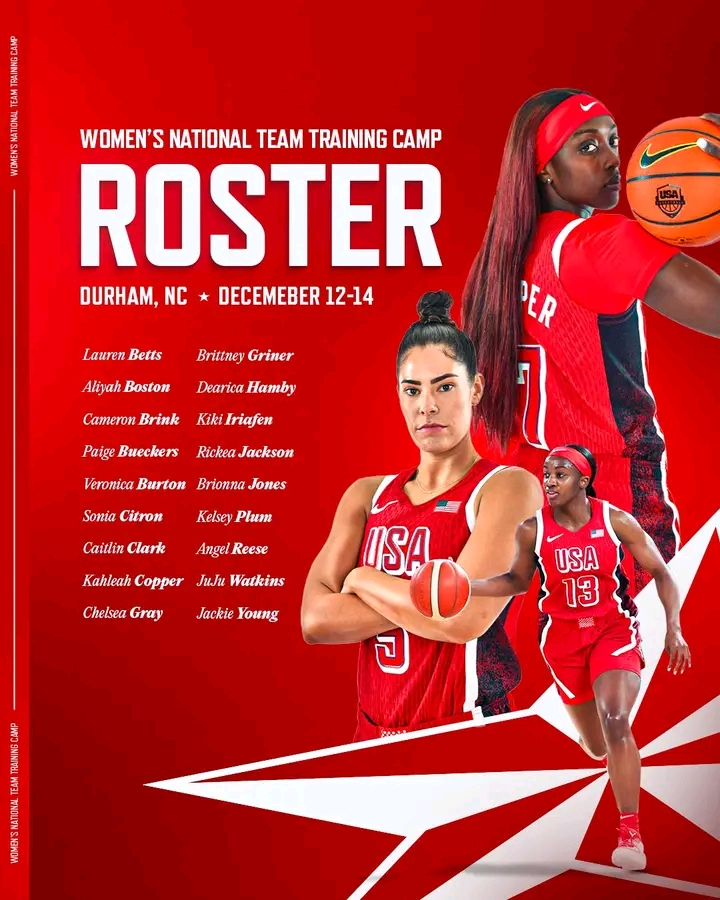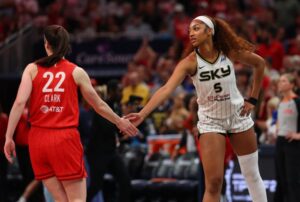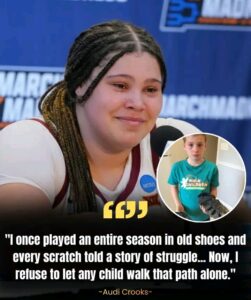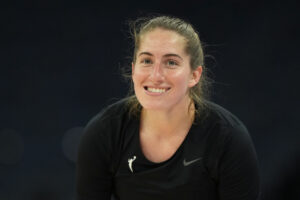
This time, the Women’s National Team is different. The U.S. women’s senior national basketball team is roaring back into action after a few quiet months. In a daring move under new leadership, eighteen athletes will assemble for a training camp in Durham, North Carolina, from December 12–14. This isn’t your typical camp. A stellar group of WNBA court coaches, including Nate Tibbetts, Stephanie White, and Natalie Nakase, will join head coach Kara Lawson, who was just hired in September, to oversee her first senior-team meeting. In preparation for the 2026 FIBA Women’s World Cup in Berlin, where Team USA hopes to defend its gold, the camp serves as both an audition and a thorough assessment.
The combination of youth and experience is what makes this moment so exciting. Several well-known first-timers are among the 18 invitees. The star of the Indiana Fever and 2024 WNBA Rookie of the Year, Caitlin Clark, finally gets her chance to compete at the senior national level. Paige Bueckers, Angel Reese, Cameron Brink, Sonia Citron, Kiki Iriafen, Rickea Jackson, and Veronica Burton—all making their senior Team USA camp debuts—will share the limelight with her. Lauren Betts, a formidable college player from UCLA, is also in the running, serving as a reminder that this roster is designed for the future as well as the present. JuJu Watkins is another player whose name appears on the roster with a disclaimer: she is recovering from an ACL tear and won’t be playing just yet.
The veterans, who have a track record of success and perseverance, are on the other side of the ledger. Chelsea Gray, Brittney Griner, Kelsey Plum, Jackie Young, Kahleah Copper, Brionna Jones, Aliyah Boston, and even 3×3 Olympian Dearica Hamby are among the Olympic gold medalists and WNBA mainstays who will be in Durham. Lawson obviously appreciates combining established winners with up-and-coming talent, and their presence provides stability and leadership. Sue Bird, the organization’s new managing director, has a significant voice in this camp as well, indicating the organization’s intention to develop a program for the long term, not just for the upcoming competition but also for the upcoming Olympic cycle.

This camp exudes a profound sense of hope. For Clark, Bueckers, Reese, and the other freshmen, it’s an opportunity to leave their mark on history by competing at the senior level while wearing the red, white, and blue. It serves as a reminder to the veterans of what they have accomplished and what still needs to be protected. It also demonstrates the U.S. program’s adaptability. Lawson and Bird are focusing on youth, adaptability, and long-term planning rather than rigidly adhering to tried-and-true names. The choices made in Durham during those three days have the potential to influence not only who performs in Berlin but also who leads the team through 2028 and possibly beyond.
We’ll be keeping a close eye on it as fans. Will the newcomers succeed? Are veterans able to maintain their sharpness? And how will Lawson’s first significant camp as head coach change the face of Team USA in the coming years? Whatever happens, one thing is certain: the women’s national team is reloading rather than simply returning.





